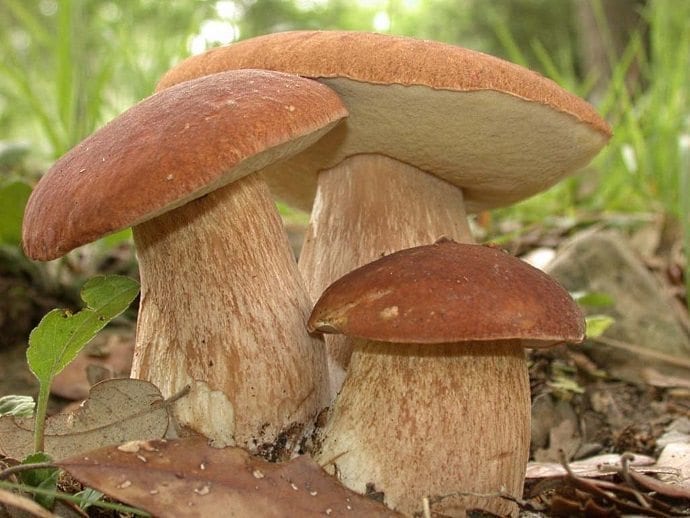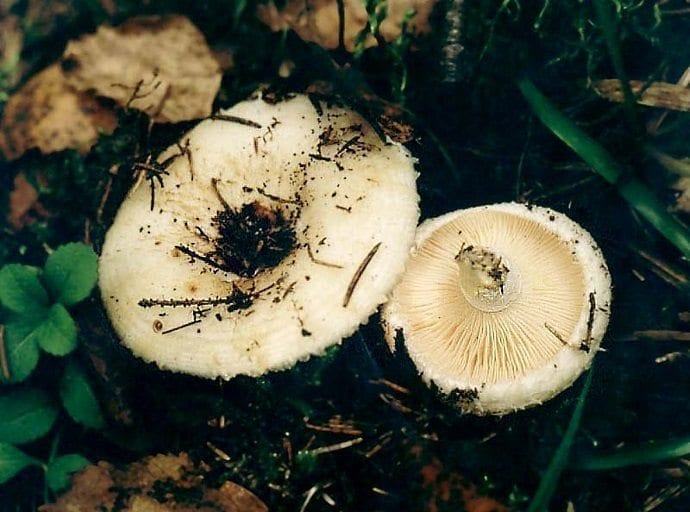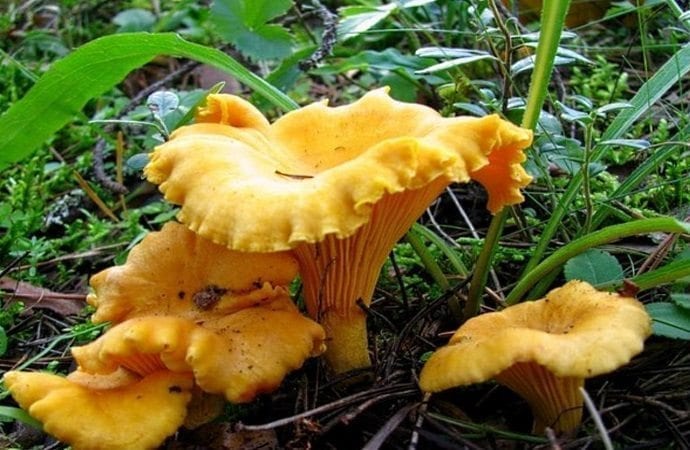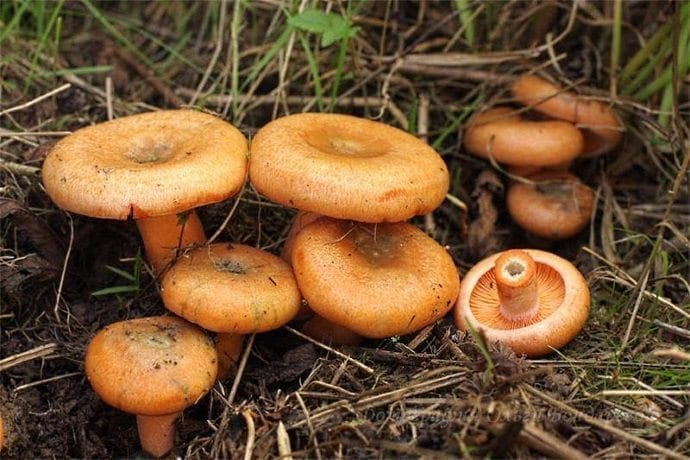Edible mushrooms: Classification, categories, features
When it comes to edible mushrooms, the difference between an ordinary survivalist and a master of his craft becomes obvious. The first one knows which mushrooms you definitely shouldn’t eat, and the second one understands which ones you definitely need, which ones you can, and which ones you will have to pervert a little before eating. And let such mastery begin with a good knowledge of the theory, in which we, if possible, will try to help.
Let's start with the simplest - classification. But here's the rubbish ... There is no global classification of mushrooms, except perhaps taxonomic, which has practically no applied value. Therefore classifications edible mushrooms in Russia and somewhere in Poland can seriously differ. However, we will use the Russian classification simply because it is quite clear and convenient.
Most often, classifications of edible mushrooms are used by category, by ripening seasons, by economic importance and by the structure of the spore-bearing layer. So.
According to the structure of the spore-bearing layer edible mushrooms there are:
- Tubular. Their lower part of the cap resembles a sponge, in the holes of which spores are hidden. An example is boletus, porcini mushroom, boletus, butterdish.
- Lamellar. Their lower part of the cap is covered with lamellar structures. An example is mushrooms, milk mushrooms, russula, mushrooms, mushrooms.
- marsupials. They have no difference between a cap and a leg, and the spores are contained in a special organ - the ascus. Example - morels, lines.
- Undefined. All mushrooms that do not belong to the previous groups got here. An example is foxes. They, it turns out, are not tubular, but folded or “pseudo-tubular”. And raincoats that instead of ascus have numerous reproductive organs on the surface.
- First. The most delicious and nutritious mushrooms. These include: white mushroom, yellow breast, white breast, real camelina, real chanterelle.
- Second. Pretty tasty mushrooms, but their nutritional value is much lower. Boletus, boletus, dubovik, all other milk mushrooms, champignons, white russula.
- Third. The taste is average, nutritional value too, but you can eat it. Russula, volnushki, morels, valui, green flywheel, autumn honey agaric.
- Fourth. The taste is so-so, the nutritional value is low. Collect only as a last resort, if there are no other options. , govorushki, dung beetles and all other edible mushrooms.
This classification was proposed back in the USSR by a certain B.P. Vasilkov. What is good about it is that it is extremely simple and clear, and also has a specific application. It also follows from it that the taste of mushrooms, in principle, weakly depends on the structure of the spore-bearing layer, so the common misconception that only tubular mushrooms are tasty is only a delusion. And it appeared due to the fact that it is much easier to collect tubular mushrooms, and it is more difficult to confuse with conditionally edible or poisonous.
According to the economic value, mushrooms (all) are divided into:
- Edible mushrooms. All 4 categories of the previous classification.
- Conditionally edible mushrooms.
- Inedible mushrooms. Just tasteless mushrooms without toxins and hallucinogenic mushrooms.
Actually, we are only interested in edible mushrooms, since dealing with conditionally edible means exposing yourself to unnecessary risk. But we will also talk about this somehow, because if there is nothing to eat at all, and such mushrooms are abundant around, then they are better than starvation.
Of greatest interest to us are edible mushrooms the first category, so the conversation will go on about them.
White mushroom - Borovik

A rather large mushroom with a wide convex cap and a fleshy stem. The flesh of young specimens is white and fleshy, turning yellow with age and exfoliating into fibers. The leg is high (up to 25 cm sometimes), thick, barrel-shaped or club-shaped, covered with a light mesh. The hat is wide, massive, from reddish to almost white. It is found in forests, and it does not matter which ones, and it is distributed almost to the Arctic zones. Vasilkov, already mentioned above, described 18 (!) Varieties of porcini mushrooms, depending on the place of growth, term and external conditions. That is, the variability of the fungus is significant, which can lead to errors in the determination.
Most often it is confused with gall fungus (gorchak). Fortunately, this mushroom is not poisonous, but simply disgusting in taste and does not threaten health. The main distinguishing criteria - the pulp of the gall fungus turns pink at the site of the incision; the mesh on the leg is darker and more pronounced; the tubular layer is pinkish rather than yellowish white.
There is also a risk of confusing boletus With satanic mushroom, which, unfortunately, is poisonous. You need to pay attention to the following points: a rough hat, a yellowish-red leg, blue and pink flesh when cut.
real breast

Or a white mushroom. The cap is wide, white, smooth, moist, slimy, with an edge wrapped inside (conical with age). The stem is short, smooth, cylindrical. The pulp is fleshy, with a pleasant fruity smell, milky juice is released on the break. The plates are wide and frequent.
Most often confused white milk mushrooms With white loads (white russula). The main criterion is mucus and milky juice, which only real mushrooms have. But even if you mix it up, there will be nothing terrible. Loader - too edible mushroom.
They are also sometimes confused with white milkers. Here it is only necessary to focus on the smell - in the milky one it is extremely unpleasant. And here it is better not to be mistaken, because indigestion can be easily obtained.
Milk mushrooms are also confused with pale grebes - well, what agaric mushrooms are not confused with them?
Chanterelle real

Due to the special structure, confuse chanterelles with popular poisonous mushrooms is extremely difficult. But to confuse it with false chanterelle which is dangerous to health is extremely easy. Especially when you consider that there is actually only one criterion here - a false fox grows on dead wood, and not in the ground, like a normal one. Besides, false chanterelles ki grow singly, not in groups.
Ginger pine and spruce

Slightly reminiscent of milk mushrooms, since they belong to the same genus of milkers. In the same way, they are covered with mucus and secrete juice when broken. Even the shape is similar. But the color is significantly different - in mushrooms it is saturated red, almost red, due to the high content of beta-carotenes.
They confuse mushrooms with pink waves, which are also edible, but they are so tasty. A distinctive feature is that the juice of real mushrooms is not colorless, and the cap is slimy, not rough.
And a couple of tips. Mushroom pickers are very fond of writing “it tastes bitter, the juice is caustic.” But we will not advise you to drag into your mouth something that may turn out to be poisonous. We won’t, and that’s it, since there are a lot of other indicators that are much safer to pay attention to. We also remind you that there may be problems with the identification of young mushrooms that do not yet have classical morphological manifestations. In that case, it's best to leave them alone. You can, of course, take a closer look at the surrounding mushrooms, but there remains a risk that it was still another mycelium. So it's better not to risk it.